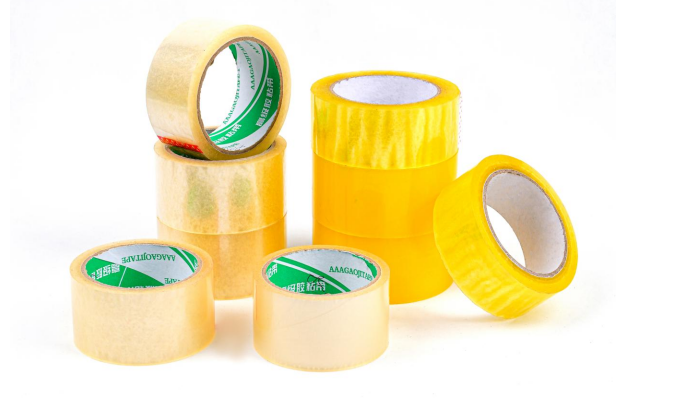The development of composite flexible packaging to today, reducing and removing organic solvents in composite has become the direction of joint efforts of the whole industry. At present, the composite methods that can completely eliminate solvents are water-based composite and solvent-free composite. Due to the influence of cost technology and other factors, solventless composite is still in the embryonic stage. The water-based adhesive can be directly used in the existing dry composite machine, so it is welcomed by domestic flexible packaging manufacturers, and has achieved rapid development in foreign countries.
Water-based composite is divided into dry composite and wet composite, wet composite is mainly used in paper plastic, paper aluminum composite, white latex is popular in this field. In plastic-plastic composite and plastic-aluminum composite, water-based polyurethane and water-based acrylic polymer are mainly used. Water-based adhesives have the following advantages:
(1) High composite strength. The molecular weight of water-based adhesive is large, which is dozens of times that of polyurethane adhesive, and its bonding force is mainly based on van der Waals force, which belongs to physical adsorption, so a very small amount of glue can achieve quite high composite strength. For example, compared with the two-component polyurethane adhesive, in the composite process of aluminized film, the coating of 1.8g/m2 of dry glue can achieve the composite strength of 2.6g/m2 of dry glue of two-component polyurethane adhesive.
(2) Soft, more suitable for the composite of aluminum plating film. One-component water-based adhesives are softer than two-component polyurethane adhesives, and when they fully set, polyurethane adhesives are very rigid, while water-based adhesives are very soft. Therefore, the soft properties and elasticity of water-based adhesive are more suitable for the composite of aluminum plating film, and it is not easy to lead to the transfer of aluminum plating film.
(3) Do not need to mature, after the machine can be cut. The composite of one-component water-based adhesive does not need to be aged, and can be used for subsequent processes such as slitter and bagging after disembarking. This is because the initial adhesive strength of the water-based adhesive, especially the high shear strength, ensures that the product will not produce “tunnel”, folding and other problems during the compounding and cutting process. Moreover, the strength of the film compounded with water-based adhesives can be increased by 50% after 4 hours of placement. Here is not the concept of maturation, the colloid itself does not occur crosslinking, mainly with the leveling of the glue, the composite strength also increases.
(4) Thin adhesive layer, good transparency. Because the gluing amount of water-based adhesives is small, and the concentration of gluing is higher than that of solvent-based adhesives, the water that needs to be dried and discharged is far less than that of solvent-based adhesives. After the moisture is completely dried, the film will become very transparent, because the adhesive layer is thinner, so the transparency of the composite is also better than that of the solvent-based adhesive.
(5) Environmental protection, harmless to people. There is no solvent residue after drying of water-based adhesives, and many manufacturers use water-based adhesives to avoid residual solvents brought about by composite, so the use of water-based adhesives is safe to produce and does not damage the health of the operator.
Post time: May-27-2024


